In today's data-driven world, customer data analytics plays an integral role in understanding customer behavior, preferences, and trends.
By leveraging customer data, businesses can gain valuable insights to optimize marketing strategies, personalize experiences, boost customer engagement, drive customer loyalty, and increase customer satisfaction.
What Is Customer Data Analytics?
Customer data analytics refers to the process of collecting, analyzing, and interpreting data about customer behaviors, interactions, preferences, and the overall customer experience.

It involves leveraging big data from multiple sources, such as website visits (think Google Analytics), social media engagement, purchase history, and customer feedback to gain insights that drive strategic decision-making.
By applying advanced data analysis techniques, businesses can uncover patterns, trends, and correlations within customer data.
These insights enable companies to understand their customers better, segment them into meaningful groups, and personalize experiences to meet their specific needs — from the marketing campaign to sales and beyond.
A customer analytics tool provides valuable information about customer acquisition strategy, retention, and customer satisfaction.
It helps businesses identify opportunities for improvement, optimize their marketing strategy, and tailor products or services to enhance the customer experience.
This data-driven approach empowers companies to make informed decisions, increase customer engagement, maximize customer retention, and drive business growth.
Put all of these capabilities together, and this makes customer interaction analytics a powerful tool that allows businesses to harness key insights to better understand their customers and enhance the overall customer experience.
By extracting consumer insight from a customer data platform, companies can build stronger relationships, deliver personalized offerings, and gain a competitive edge in today's customer-centric marketplace.
Types of Customer Data Analytics
These are the four types of customer experience analytics:
Descriptive Customer Analytics
Descriptive customer behavior analytics focuses on summarizing and describing historical customer data. It involves gathering and analyzing data to gain insights into past customer behavior, preferences, and demographics.
Descriptive analytics answers questions like "What happened?" and provides a foundation for further data analysis. It includes metrics like customer segmentation, customer lifetime value, and purchase history analysis.
Descriptive customer analytics helps businesses understand their customer base and make informed decisions based on historical trends and patterns.
Diagnostic Customer Analytics
Diagnostic customer analytics goes beyond descriptive analytics to uncover the reasons behind consumer behavior. It aims to understand the factors that drive specific customer actions or outcomes.
Diagnostic analytics focuses on answering the question, "Why did it happen?", by examining correlations and causal relationships in the data. It involves advanced data analysis techniques like regression analysis and data mining to identify key drivers and influencers.
Diagnostic customer analytics helps businesses understand the root causes of customer behavior, identify opportunities for improvement, and optimize strategies to drive desired outcomes.
Predictive Customer Analytics
Predictive customer analytics uses historical data and statistical models to make predictions about future customer behavior.
It leverages machine learning algorithms to identify patterns, trends, and correlations in the data, enabling businesses to forecast customer actions, preferences, and outcomes.
Predictive analytics helps answer questions like, "What is likely to happen?", and assists in making proactive business decisions.
It can be used for predicting customer churn, identifying cross-selling or upselling opportunities, and optimizing marketing campaigns for better targeting and personalization.
Prescriptive Customer Analytics
Prescriptive customer analytics takes predictive analytics a step further by providing recommendations and valuable insight. It not only predicts what is likely to happen but also suggests the best course of action to achieve desired outcomes.
By combining historical data, predictive models, and optimization techniques, prescriptive analytics helps businesses make data-driven decisions on how to influence customer behavior.
It provides insights to guide product recommendations, pricing strategies, customer segmentation, and marketing tactics.
This form of customer journey analytics also provides businesses with direction on the most effective actions to take to optimize the customer experience and maximize business results.
How To Gather and Store Customer Data
Customer Interaction Tracking
Customer interaction tracking involves collecting data from various touch points where customers interact with your business. This can include website visits, social media interactions, email communications, and customer service engagements.
Tools like web analytics, social media listening platforms, and CRM systems can be used to track and capture customer interactions.
This data provides actionable insight into customer preferences, behaviors, and engagement levels, helping you understand their journey and optimize the customer experience from start to finish.
Online Forms and Surveys
When it comes to gathering customer data, online forms and surveys are both effective methods for getting it straight from the horse’s mouth.
Use forms on your website or mobile apps to collect information like contact details, preferences, and feedback from customers.
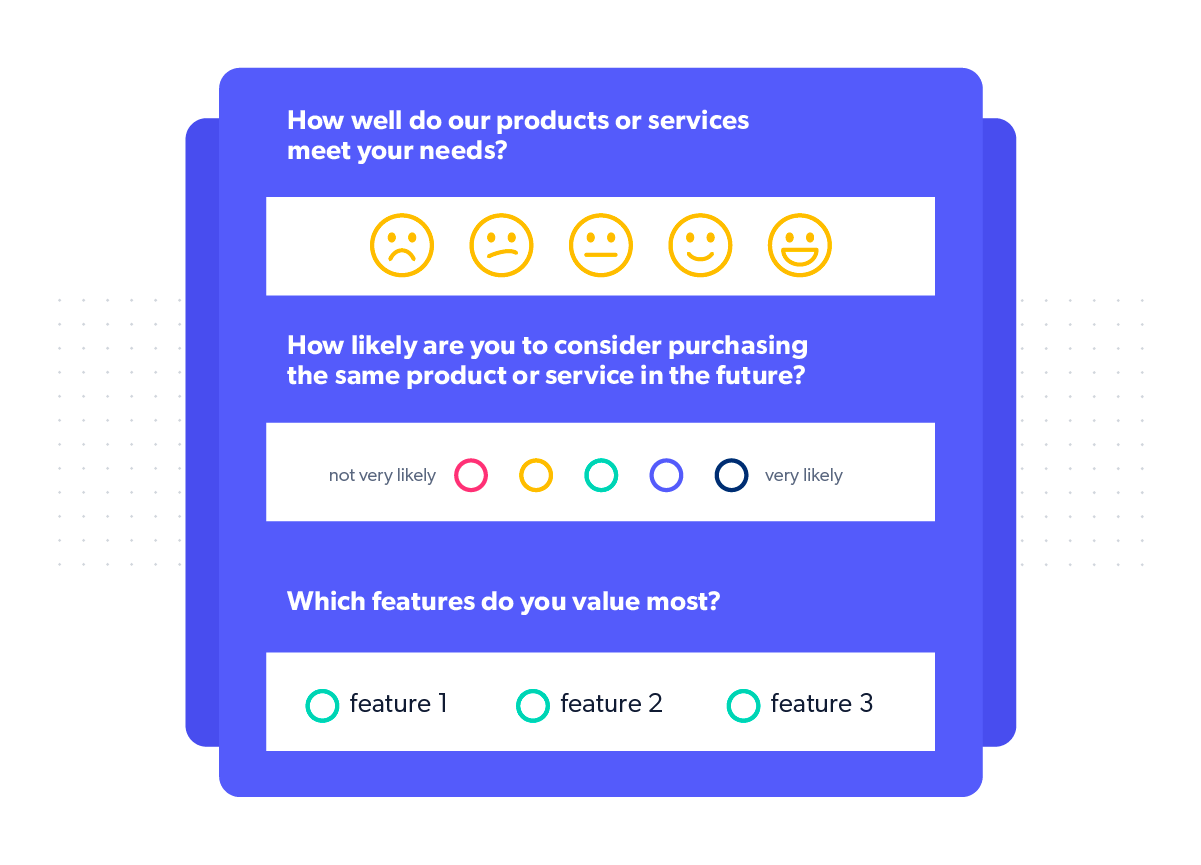 Source: The Bazaarvoice
Source: The Bazaarvoice
Design surveys to gain insights into customer satisfaction, needs, opinions, and the overall customer experience.
You can also use online survey tools and form builders to create and distribute surveys with ease.
The data collected helps in understanding customer preferences, identifying areas for improvement, and tailoring offerings to meet your customers’ exact needs.
Just be sure that data collection complies with privacy regulations and provides transparency about how customer data will be used and stored.
Cookies and Tracking Technologies
Cookies and tracking technologies are commonly used to gather customer data online. Cookies are small text files that websites store on a user's device to track their browsing behavior.
They collect information like website preferences, visited pages, and interactions. Additionally, tracking technologies such as pixels and tags help monitor user actions and gather data for analysis.
These technologies enable businesses to understand user behavior, personalize the customer experience, and optimize marketing efforts.
However, given the importance of user privacy, it’s crucial to comply with privacy regulations, provide transparent cookie policies, and offer options for users to manage their preferences.
Point-of-Sale (POS) Systems
Point-of-Sale (POS) systems are widely used in retail and hospitality industries to gather customer insight data at the time of purchase. These systems capture information like transaction details, product preferences, and customer demographics.

Source: Aurora Solutions
POS systems can be integrated with customer loyalty programs to collect data on customer buying patterns, preferences, and purchase history.
Storing customer data securely in POS databases helps businesses better understand customer behavior, personalize offerings, and improve customer service.
Like with online forms, surveys, and tracking technologies, it’s important to implement data protection measures and comply with privacy regulations with POS systems.
This helps to ensure the security and confidentiality of the customer data you collect and keeps you legally compliant.
Social Media Listening
Social media listening involves monitoring and analyzing social media platforms to gather customer data.
By tracking mentions, comments, and conversations related to your brand or industry, you can gain valuable insights into customer sentiment, preferences, and trends.
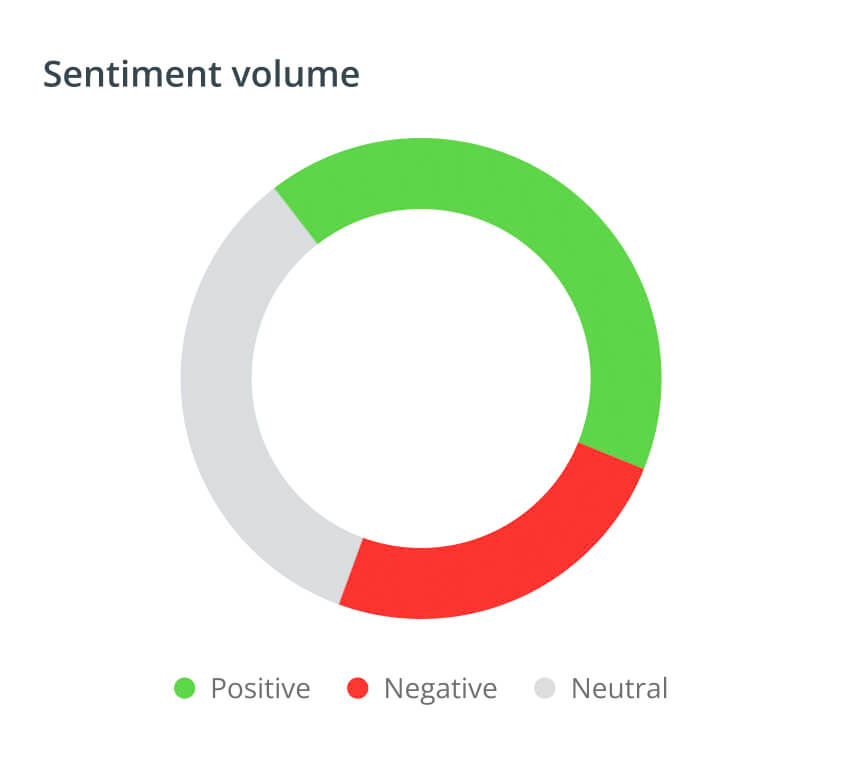 Source: Brandwatch
Source: Brandwatch
Social media listening tools enable businesses to collect data in real time, identify customer needs, and engage in meaningful conversations.
In turn, this data helps inform marketing strategies, product development, and customer support efforts, allowing businesses to better serve their customers and practice more efficient customer journey management.
Customer Relationship Management (CRM) Systems
Customer Relationship Management (CRM) systems are designed to gather and store customer data in a centralized database. CRM systems capture information from different touchpoints, such as customer interactions, transactions, and communications.
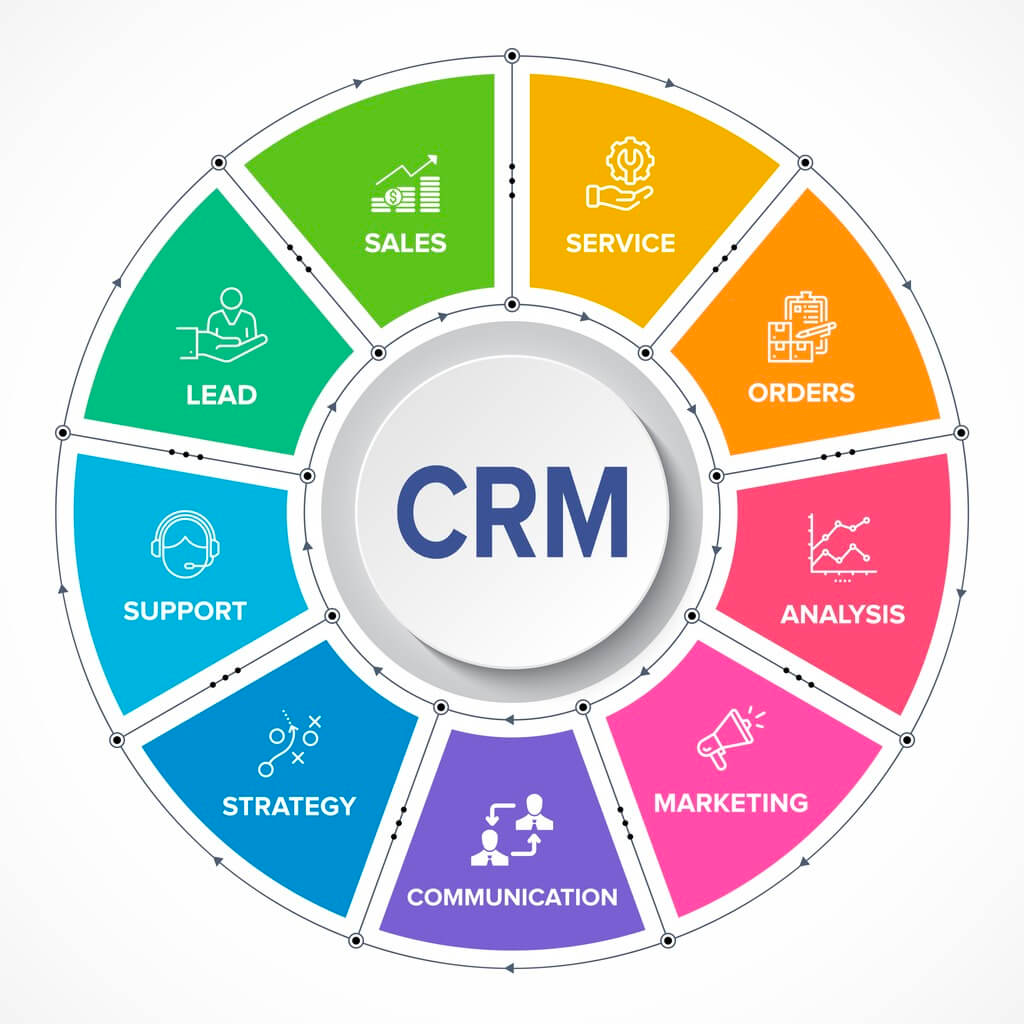 Source: TrustRadius
Source: TrustRadius
They provide a comprehensive view of each customer, including their contact details, purchase history, preferences, and support tickets.
CRM systems help businesses track customer interactions, manage relationships, and personalize experiences.
Storing customer data in a CRM system enables efficient data management, facilitates targeted marketing campaigns, and improves customer service by providing a holistic understanding of each customer.
Necessary Tools For Customer Analytics
There are several particular tools you can use to generate quality customer analytics data:
- Customer Analytics Platforms: Dedicated customer analytics platforms like customer engagement analytics and customer retention analytics provide advanced capabilities to collect, analyze, and visualize customer data. These platforms offer features such as data integration, customer segmentation, predictive modeling, and reporting, enabling businesses to gain comprehensive insights into customer behavior and make data-driven decisions. If you want to learn more about putting this technology to use, find out how to make marketing a profit center with customer journey analytics.
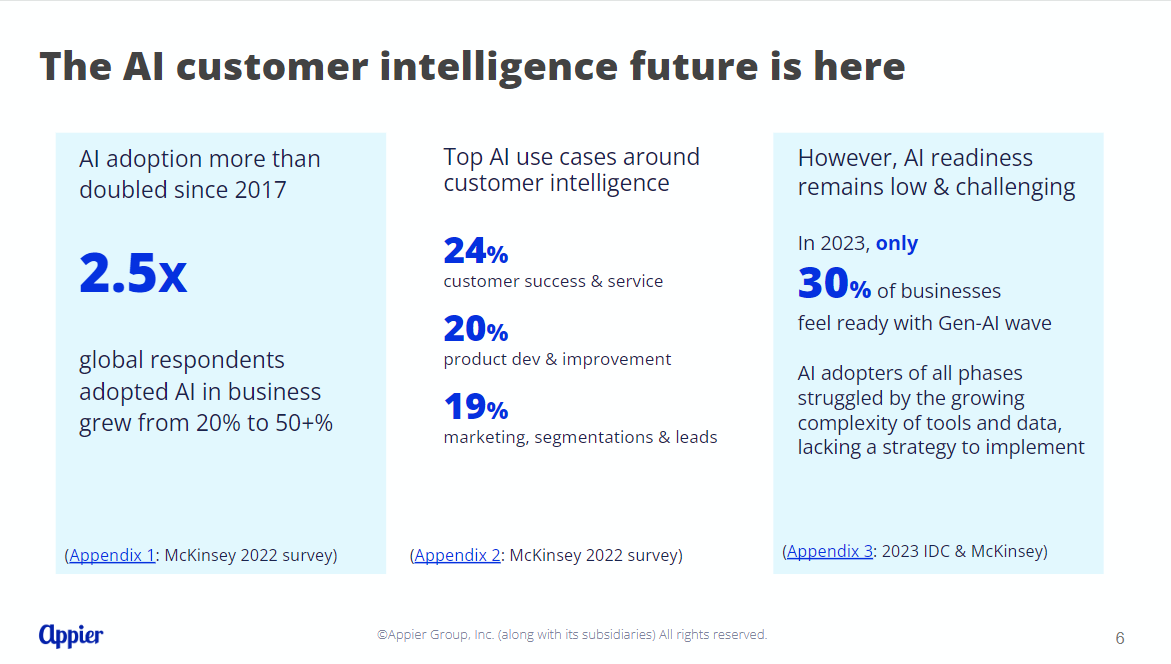
Data Management Platforms (DMPs): DMPs help aggregate and manage customer data across multiple sources, such as online and offline interactions. They provide a unified view of customer data, allowing businesses to segment audiences, personalize marketing campaigns, and track customer journeys across different channels.
Business Intelligence Tools: Business Intelligence (BI) tools enable businesses to analyze and visualize customer data through interactive dashboards and reports. These tools provide intuitive interfaces and data exploration capabilities, helping businesses uncover customer experience patterns, trends, and actionable insights from their customer data.
Customer Relationship Management (CRM) Systems: CRM systems play a vital role in customer analytics by capturing and organizing customer data, including contact details, interactions, and purchase history. CRM systems enable businesses to track customer behavior, analyze customer relationships, and provide personalized experiences based on each customer segment on the available data.
Social Media Analytics Tools: These tools help monitor and analyze customer interactions and sentiment on various social media platforms. These tools provide insights into customer preferences, trends, and brand perception, helping businesses identify opportunities and make data-driven decisions regarding their social media strategies.
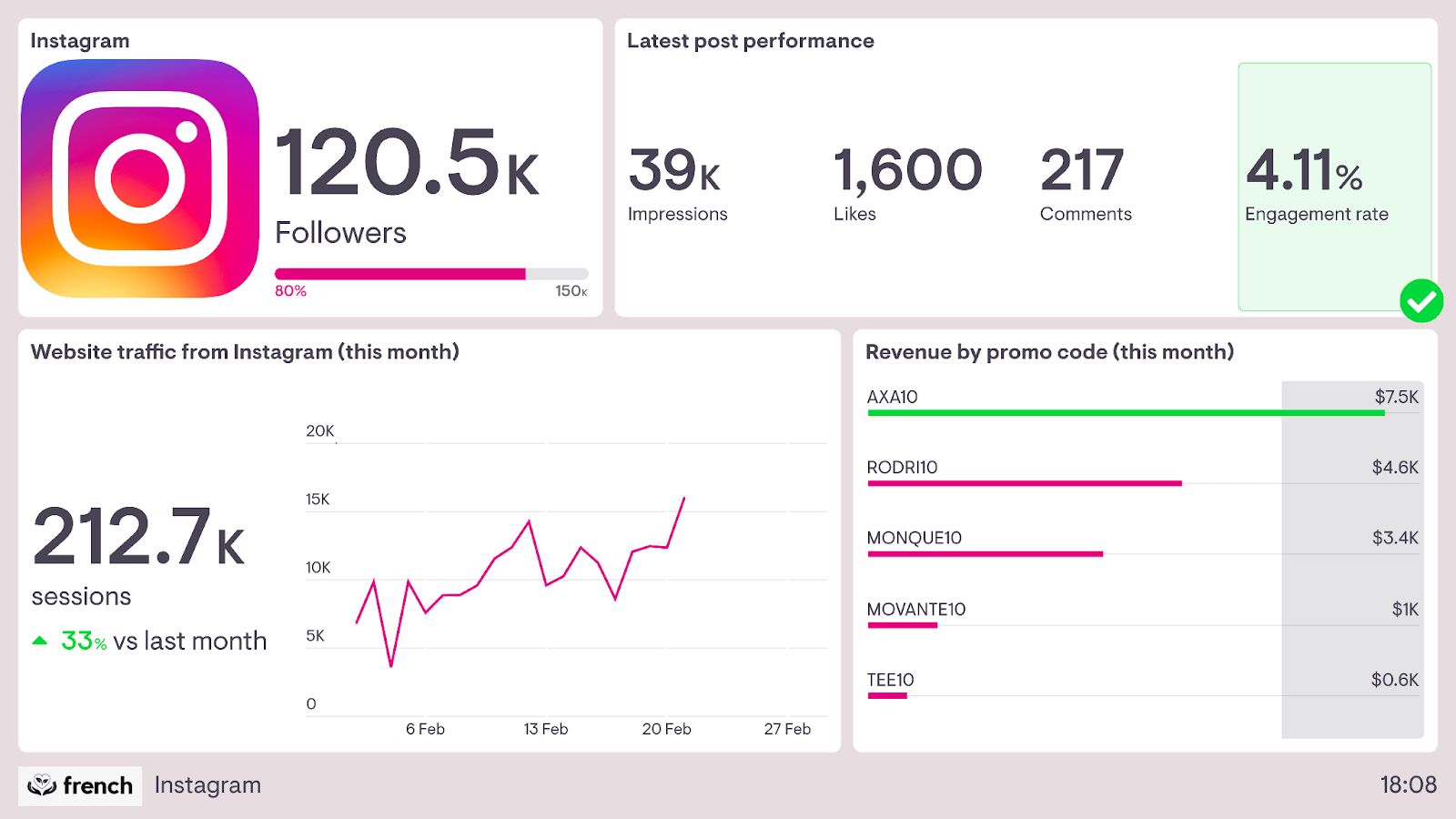 Source: Geckoboard
Source: Geckoboard
- Web Analytics Tools: Web analytics tools track and analyze user behavior on websites, providing valuable information about customer engagement, conversion rates, and navigation patterns. These tools help businesses optimize their online presence, improve user experiences, increase customer retention, and identify areas for website enhancements. Google Analytics and Adobe Analytics are perhaps some of the best-known tools for performing this type of customer analysis. However, there are other more advanced tools available. like Woopra. which can provide even deeper customer intelligence in this area than Google Analytics can.
Things To Keep In Mind While Collecting Customer Data
Data Privacy and Security
As we mentioned earlier, prioritizing data privacy and security is crucial when collecting customer data. Therefore, you need to be diligent about ensuring customer data is protected through encryption, firewalls, and other security measures.
Be sure to follow best practices and comply with relevant data protection regulations to safeguard customer information and prevent unauthorized access or data breaches.
Consent and Transparency
It’s also essential to obtain customer consent before collecting their data. Clearly communicate the purpose and use of data, ensuring transparency in your data collection practices. Provide opt-in mechanisms and options for customers to manage their preferences.
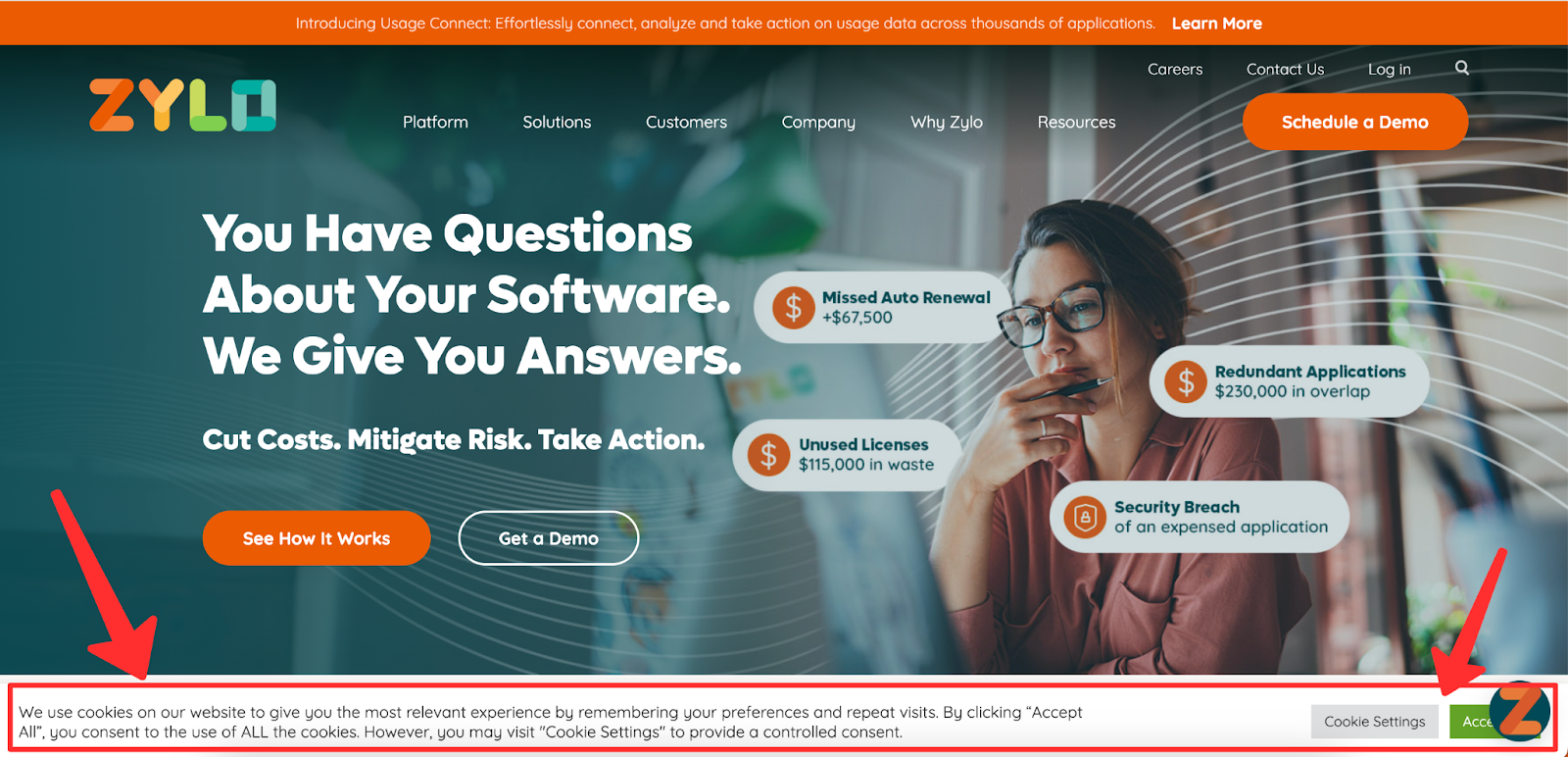 Source: Zylo
Source: Zylo
Always respect customer choices in regards to what they want and don’t want to share. And maintain transparent communication about data handling processes to establish trust and build strong customer relationships based on mutual understanding and consent.
Data Retention Policies
Establish clear data retention policies to determine how long customer data will be stored. Retain data only for as long as necessary, and ensure proper disposal of data once it is no longer needed.
Also, regularly review and update data retention policies to align with legal requirements and changing business needs.
By implementing appropriate data retention practices, you can minimize risks, maintain data accuracy, and demonstrate accountability in managing customer data.
By keeping these considerations in mind, businesses can establish trust with customers, demonstrate commitment to data privacy, and ensure responsible handling of customer data.
At the end of the day, respecting customer privacy, being transparent, and implementing robust security measures all contribute to building strong customer relationships and maintaining regulatory compliance.
Closing Thoughts
In conclusion, customer data analytics is a powerful tool that empowers businesses to gain deep insights into customer behavior, personalize experiences, and drive business growth.
By utilizing the right tools, adhering to data privacy regulations, and prioritizing transparency, businesses can unlock the full potential of customer data analytics to optimize the customer experience and stay ahead in the competitive landscape.


